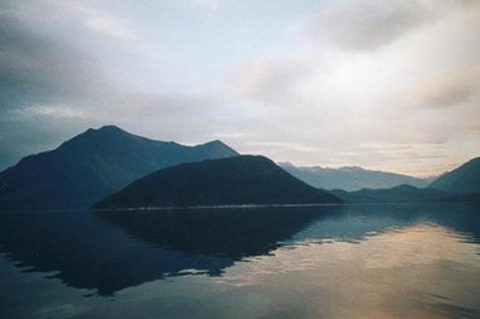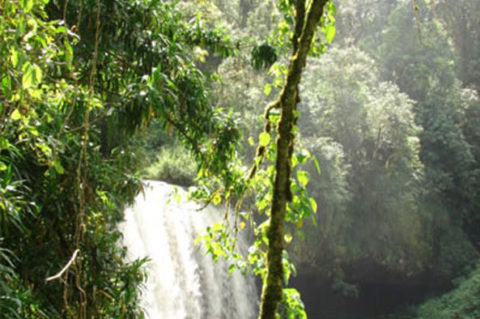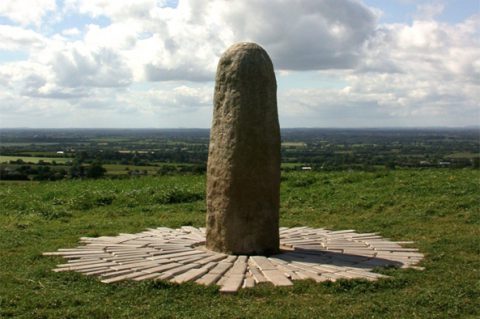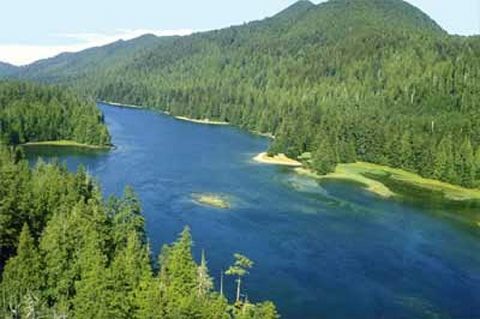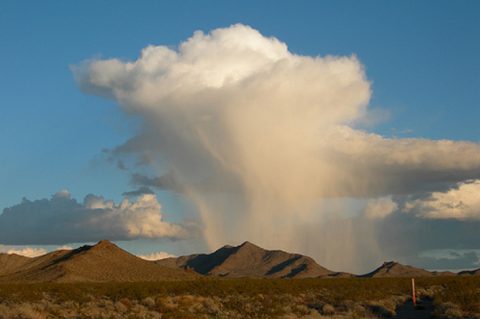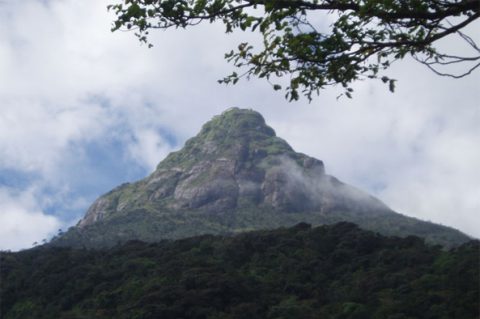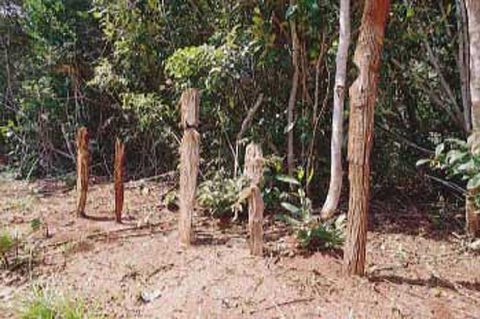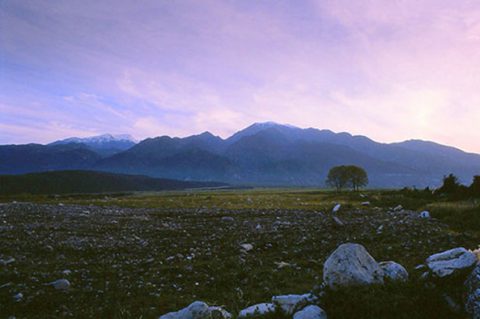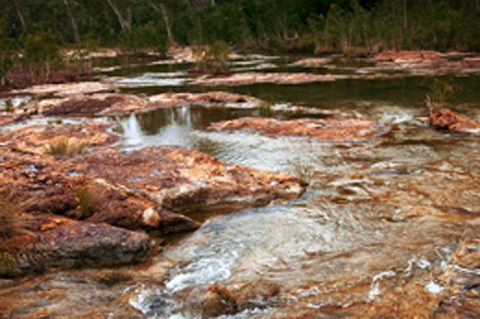Sinixt Lands – Canada
On Oct. 9, 2006, a baby born in Vallican, British Columbia, an ancient village and burial ground of the Sinixt Nation, made tribal history. Agnice Sophia Campbell was the first Sinixt (pronounced sin-eyekst) descendant born in traditional tribal territory in nearly 100 years.
